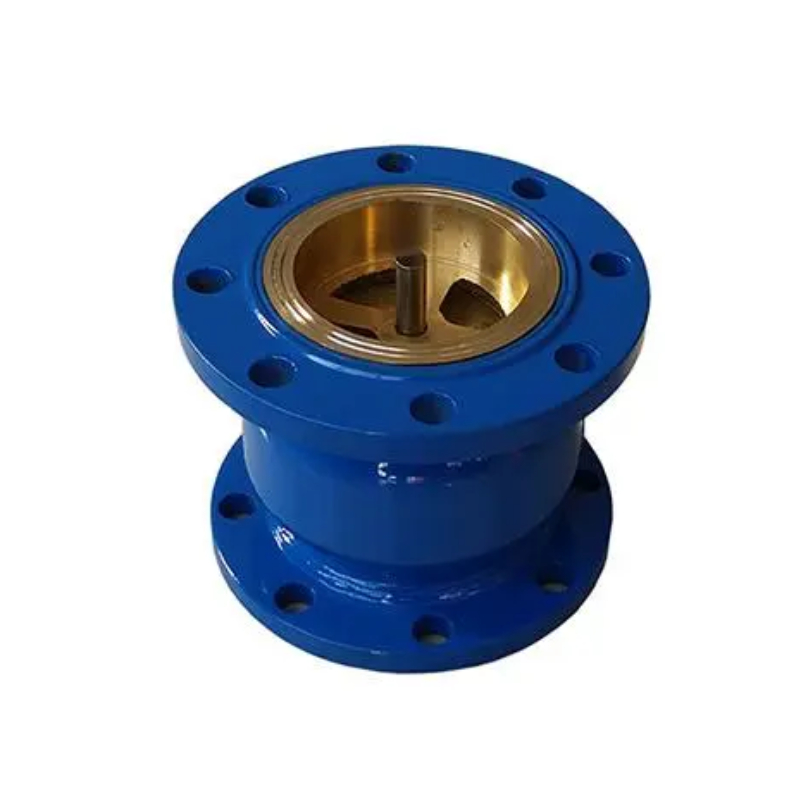Septemba . 04, 2024 11:42 Back to list
different types of check valves
Different Types of Check Valves
Check valves are essential components in various piping systems, designed to allow fluid flow in one direction while preventing backflow. This functionality is critical for protecting equipment, maintaining system efficiency, and ensuring safety in various applications. Understanding the different types of check valves can help in selecting the right one for specific needs.
1. Swing Check Valve The swing check valve is one of the most common types. It features a hinged disc that swings open to allow fluid to pass and closes by the weight of the disc when the flow reverses. This design is often used in applications with large pipe diameters and is favored for its low pressure drop and simple operation. However, it may struggle in low-flow conditions where a quicker response is needed.
2. Lift Check Valve Lift check valves operate similarly to swing check valves but utilize a disc that lifts off the seat rather than swinging. This type is most effective in vertical piping systems where the fluid’s pressure can easily lift the disc against gravity. Lift check valves can be further classified into two categories spring-loaded and non-spring-loaded, with the former providing quicker closure and effective performance at varying flow rates.
3. Ball Check Valve This type uses a sphere (or ball) that sits in a seat. When fluid flows in the correct direction, the ball is lifted off the seat. If the flow reverses, the ball drops back down, preventing backflow. Ball check valves are known for their excellent sealing capabilities and are ideal for applications requiring minimal leakage.
different types of check valves

4. Diaphragm Check Valve Utilizing a flexible diaphragm, this valve ensures that flow occurs only in one direction. When fluid flows from the inlet, it pushes the diaphragm open. If backflow occurs, the diaphragm seals tightly against the valve body. This type is particularly useful in applications involving slurries or other fluids with particulates, as it minimizes wear on the internal components.
5. Parallel Check Valve In a parallel check valve, two valve discs open simultaneously. This design allows for smooth operation and lower pressure drop. It’s an excellent choice for applications with high flow rates and where space permits two parallel paths for the fluid to flow. These valves are typically used in larger industrial systems.
6. Tidal Check Valve Commonly used in marine applications, tidal check valves are designed to handle specific conditions like tidal flows. They are built to accommodate variations in pressure and direction, making them ideal for use in environments where backflow could lead to significant issues.
In summary, the selection of a check valve should be based on the specific requirements of the application, including the type of fluid, flow conditions, and required sealing performance. By understanding the different types of check valves available, engineers can make informed choices that enhance the efficiency and reliability of their fluid systems.
-
Thread Plug Gauge Our Promise of Measurement ExcellenceNewsAug.22,2025
-
Gauge Pin Class Reflecting Quality LegacyNewsAug.22,2025
-
Check Valve Types for High Rise BuildingsNewsAug.22,2025
-
Water Control Valve for Irrigation SystemsNewsAug.22,2025
-
Gate Valve with Soft Seal TechnologyNewsAug.22,2025
-
Y Type Strainer for Oil and Gas ApplicationsNewsAug.22,2025
Related PRODUCTS









